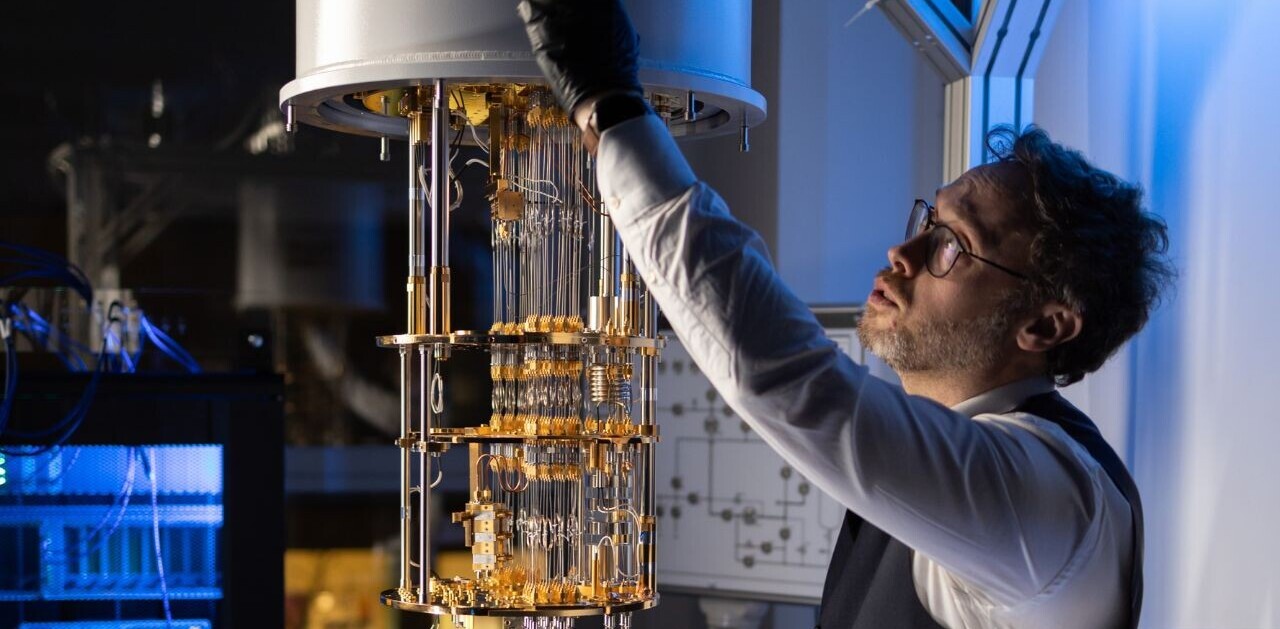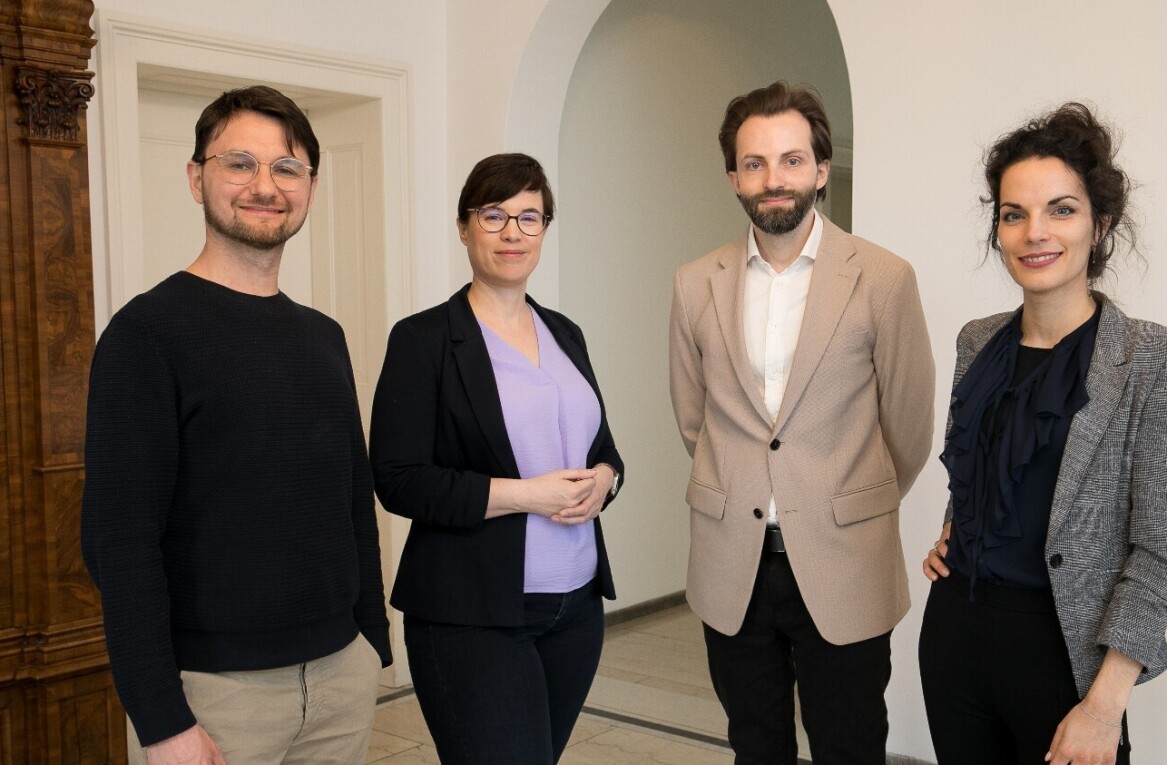With the EU lagging behind the US and China on artificial intelligence, the idea of a CERN for AI has been gaining traction — even reaching the high ranks of the European Commission.
“I will propose to set up a European AI Research Council where we can pool all of our resources, similar to the approach taken with CERN,” Commission President Ursula von der Leyen said in July.
The concept still remains at a proposal level and details are scarce. But according to a Belgium-based think tank, the idea presents an opportunity for the EU to finally to join the field’s global leaders.
In a report published on Wednesday, the International Center for Future Generations (ICFG) highlighted several shortcomings of the bloc’s AI sector. These are a shortage of companies developing foundation models, insufficient computational infrastructure, and a limited talent pool.
According to the ICFG, a pan-European AI effort could address these gaps, increase competitiveness, and establish a beneficial ecosystem for the private and public sector alike.
“[A CERN for AI] might be the last chance for the EU to catch up on foreign advanced AI developers,” said Bálint Pataki, Senior Advanced AI Researcher at ICFG.
“The US and China are committing large-scale public and private investments into the sector — without a dedicated effort, these nations will solidify their leads and the EU will once again primarily be consumers rather than producers of this innovative industry.”
9 suggestions to consider
The think tank suggested nine key features that could boost a CERN for AI:
- A research focus on solving the scientific problem of developing trustworthy AI
- Sufficient access to computational infrastructure, such as supercomputers and advanced chips
- Leadership that can navigate complexities and attract talent
- The creation of talent and compute hubs
- Investments in multi-level cybersecurity
- International partnerships with like-minded non-EU countries
- An adaptive approach to open-source models that takes security risks into account
- Fostering public-private partnerships
- And, establishing a benefit-sharing system among the different countries and stakeholders
The example of CERN, which moved the heart of fundamental physics from the US to Europe, raises hopes that similar, large-scale collaborative efforts in AI could turn the tables for the EU. Or at least, give it a fair shot to keep up.
Get the TNW newsletter
Get the most important tech news in your inbox each week.






